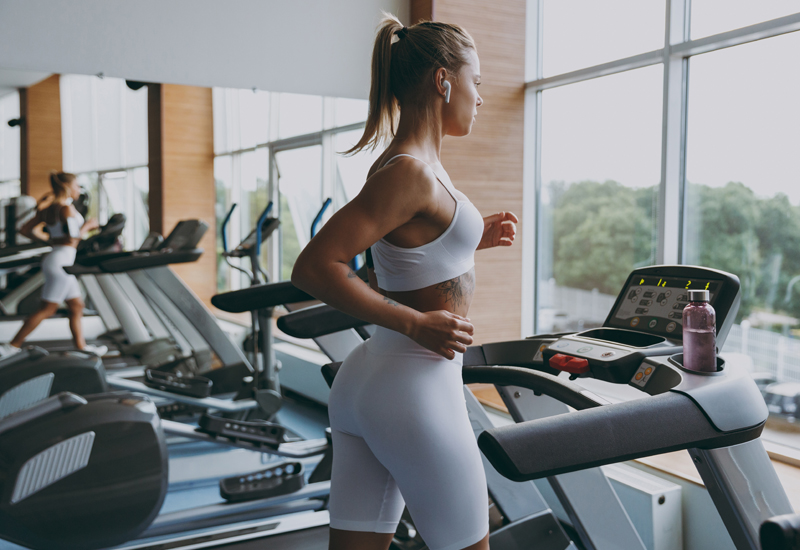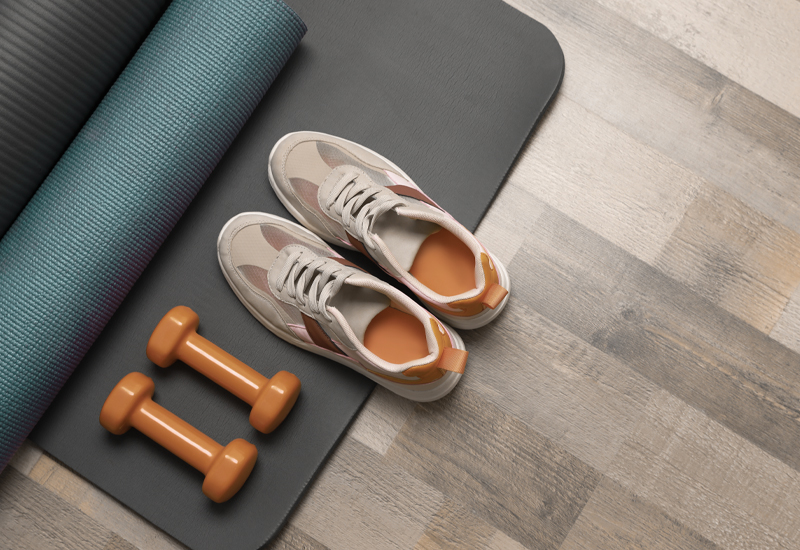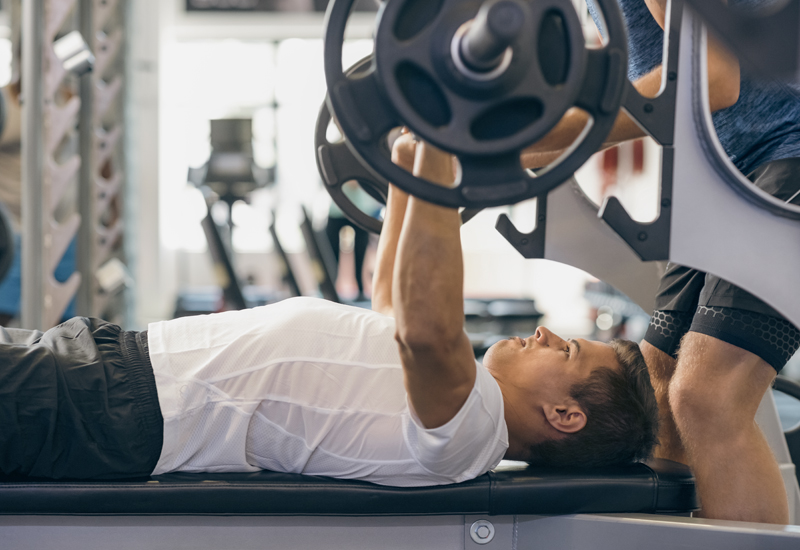Often one of the big questions when deciding to lose weight is whether to choose to exercise aerobic activity, often identified with running, or anaerobic activity, translated as gym and in particular activity with weights and against resistance. Over the years there has been a lot of discussion about which is the best way to train. But what does science tell us about it?
Train to feel good
The benefits of regular exercise are well documented, but the rationale for recommendations on how to exercise to achieve specific health benefits remains unclear, including those regarding weight loss.
Although professional health organizations have historically focused guidelines on endurance exercise or aerobic training for weight loss and maintenance, more recent guidelines focused on losing excess body fat have suggested that even training with the use of overloads, and therefore of the anaerobic type, can be effective for reducing fat mass.
Although obesity in many countries represents a real problem for the health of many people, with associated high costs for the public health system, there are currently no scientific studies that substantially demonstrate the prevalence of one training method over the other another one for decreasing body fat.
Running VS Weights: which to choose?
According to a recent study by Duke University researchers, aerobic training may be a better fat-burning exercise modality than resistance training alone or a combination of the two. The purpose of Duke's study was to analyze the changes in body composition elicited by three modalities of exercise. Researchers recruited 234 overweight and obese adults and randomly assigned them to an exercise training group: resistance training, aerobic training, or aerobic training plus resistance training.
Read this study like this could be misleading: while aerobic exercise can be more effective for burning calories, and positively conditioning our cardio circulatory system, training with overloads offers important global health benefits, not to be missed. underestimate.
The benefits of anaerobic and aerobic training
First of all, the use of overloads increases the relative amount of lean tissue compared to adipose tissue , thus increasing the basal metabolic rate and therefore the number of calories we use in rest mode, which come mostly from fat. It is important to keep in mind that, in addition to its potential aesthetic benefits, resistance training offers other important health benefits and performance, including stronger muscles, bones, ligaments and tendons and improved balance ability, given by the relationship between stability and mobility. All of these benefits enhance one's functional performance capabilities, which can ultimately improve an individual's overall quality of life.
However, this does not mean that aerobic activity should be eliminated from our training programs : as previously mentioned, the advantages of this form of exercise are numerous. In fact, anaerobic activity causes an improvement in cardiovascular capacity, has positive effects on our lipid profile (cholesterol), improves lung function and reduces heart rate at rest.
Cardio and weight training are two very different types of exercise, but when put together, they make a powerful combination for increasing body fat loss .
The basic rules of training for weight loss
Whatever the choice you make regarding the use of one or the other training modality, there are some basic rules that should always be respected when tackling a weight loss training program. Don't forget these 3 fundamental activities:
- Recovery - Take time out for total rest or active recovery in the days following intense workouts. It is during the recovery phase that your muscles rebuild and get stronger. Rest periods also give your body and brain a much-needed break from exercise.
- Adherence to exercise schedule - Your schedule is likely to be more sustainable if you enjoy the activities you have chosen. If you're not someone with no training experience, take the time to try out different types of activities in different settings, and figure out which one you like best and which fits your lifestyle best.
- Nutrition and Supplementation - Your nutrition plan will play a substantial role in achieving your weight loss goal. Make sure you are consuming adequate calories and getting the protein, carbohydrates and healthy fats you need from your diet. Use the right supplements that support nutrition and training to achieve a real and sustainable goal. A specialist doctor or nutritionist can help you develop a personalized plan.
Bottom line, there is no perfect weight loss program or training method. The best combination of what physiology, science and experience teach us today represents the best solution, not forgetting if we are professionals in the sector the needs and expectations of our client / patient, trying to make this path sustainable in the best way possible. In the long term, lifestyle is always the winning key.
Bibliography
Andersen RE, Jakicic JM. Interpret physical activity guidelines for health and weight management. J Phys Activ Health 6:651–656, 2009
Jakicic JM, Clark K, Coleman E, Donnelly JE, Foreyt J, Melanson E, Volek J, Volpe SL, American College of Sports Medicine Position of the American College of Sports Medicine: Appropriate intervention strategies for weight loss and prevention of weight regain for adults. Med Sci Sports Exerc 33: 2145–2156, 2001
Aerobic exercise trumps resistance training for weight and fat loss
https://www.sciencedaily.com/releases/2012/12/121215151506.htm
Willis LH, Slentz CA, Bateman LA, et al. Effects of aerobic and/or resistance training on body mass and fat mass in overweight or obese adults. J Appl Physiol (1985). 2012;113(12):1831–1837. doi:10.1152/japplphysiol.01370.2011
